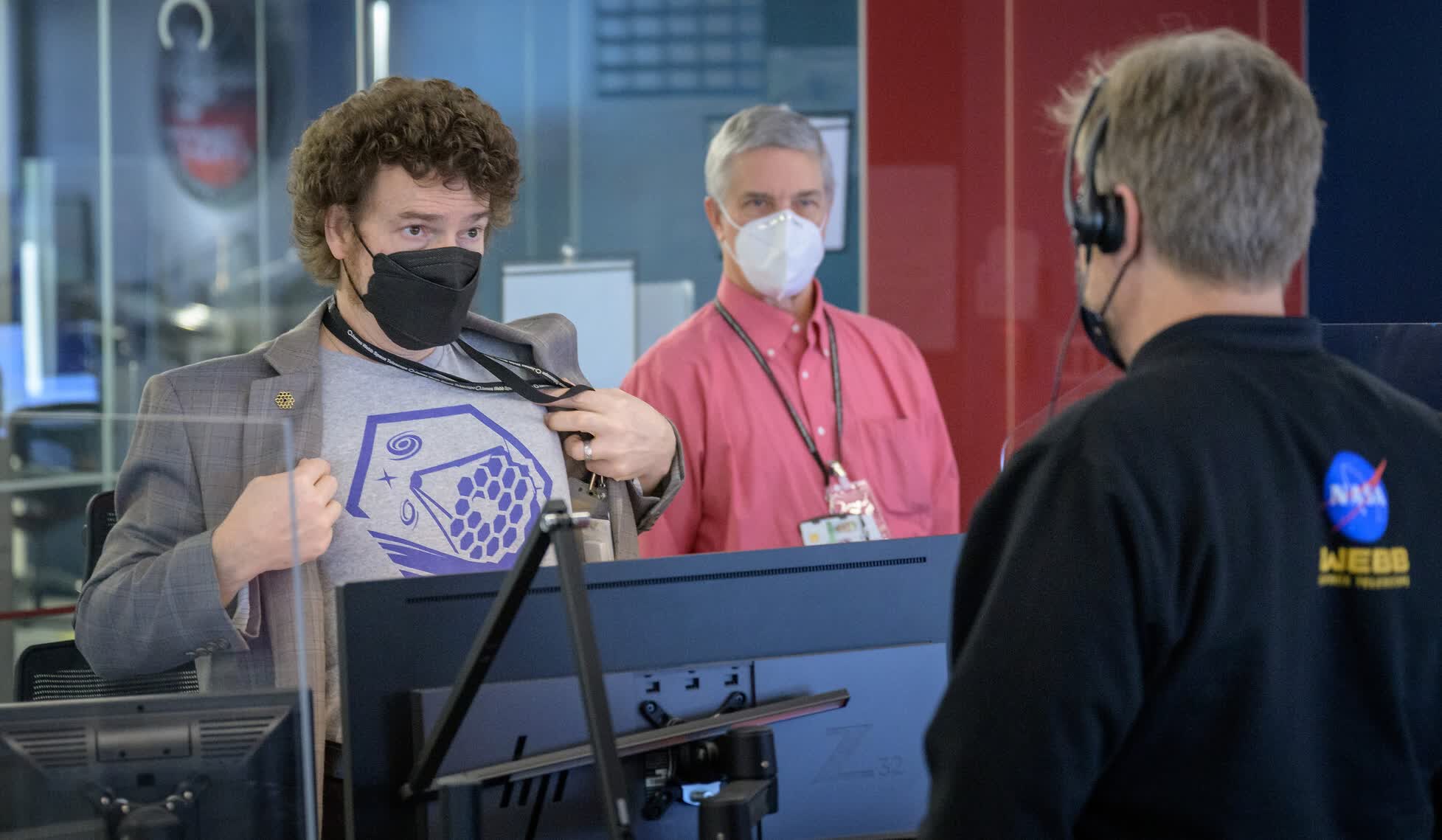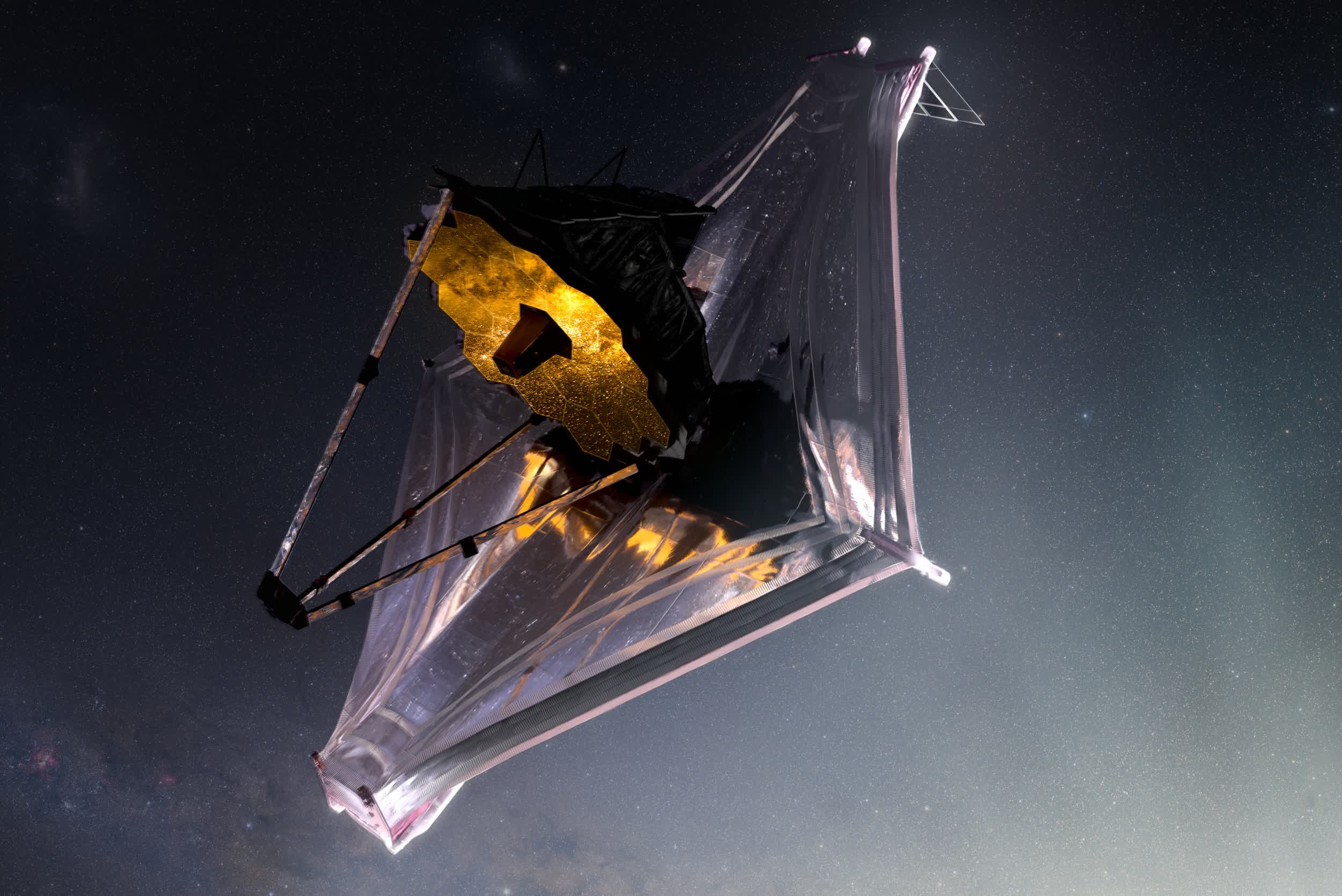Why it matters: The James Webb Space Telescope has arrived at its target orbit point around the second Sun-Earth Lagrange point, also known as L2, nearly a million miles from Earth. The observation fired its onboard thrusters for nearly five minutes on Tuesday to complete its final post-launch course correction. NASA said the burn inserted Webb toward its final orbit, adding only 3.6 miles per hour to its speed.
NASA will spend the next several months waiting for Webb to cool down. During this period, engineers will also begin the process of aligning the telescopes optics to "nearly nanometer precision."
It was a long and winding road to get to this point. The successor to the Hubble Space Telescope started taking shape in the mid-1990s but was plagued by cost overruns and delays.

"Webb, welcome home!" said NASA administrator Bill Nelson. "Congratulations to the team for all of their hard work ensuring Webb's safe arrival at L2 today. We're one step closer to uncovering the mysteries of the universe."
More hurdles needed clearing once the telescope made it to space as hundreds of risky post-launch deployments had to be performed perfectly. If anything went wrong, it could have been disastrous as the scope isn't serviceable in space. Fortunately, everything up to this point has worked masterfully. The observatory is now fully deployed, and NASA even managed to use less propellant than anticipated, which will extend the scope's mission duration beyond the original plan of 10 years.
Once the mirrors are properly calibrated and all other science instruments have been activated, Webb should return its first images sometime this summer.
